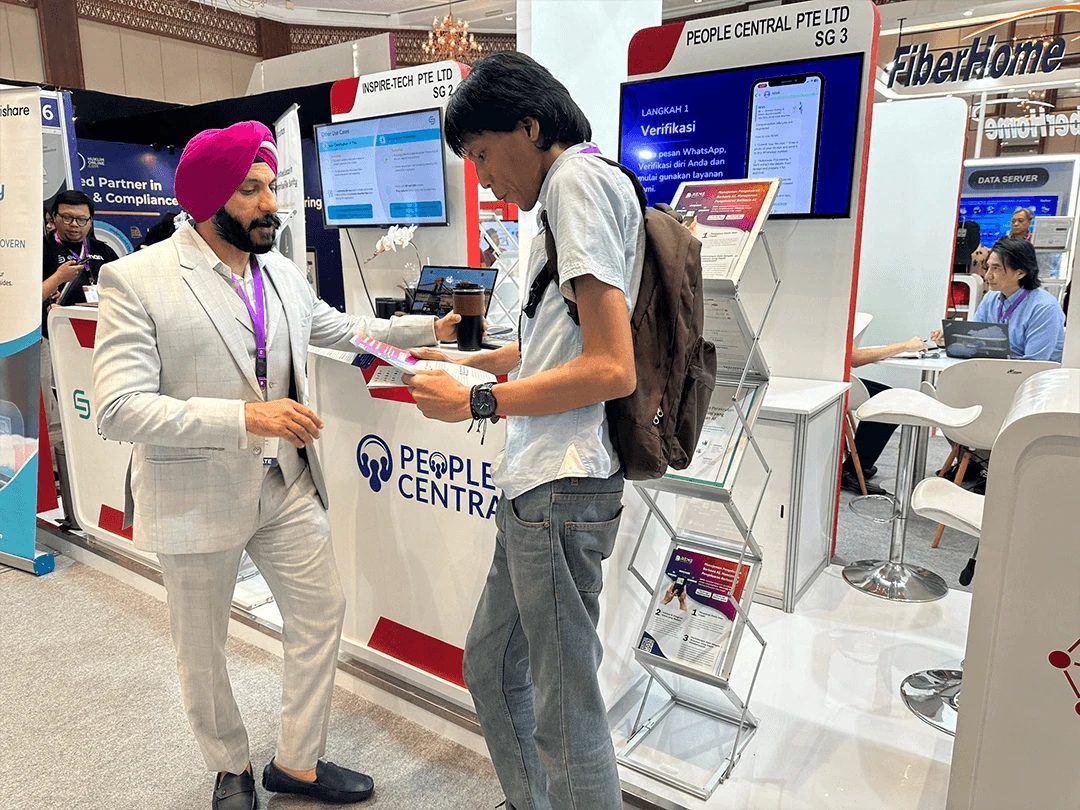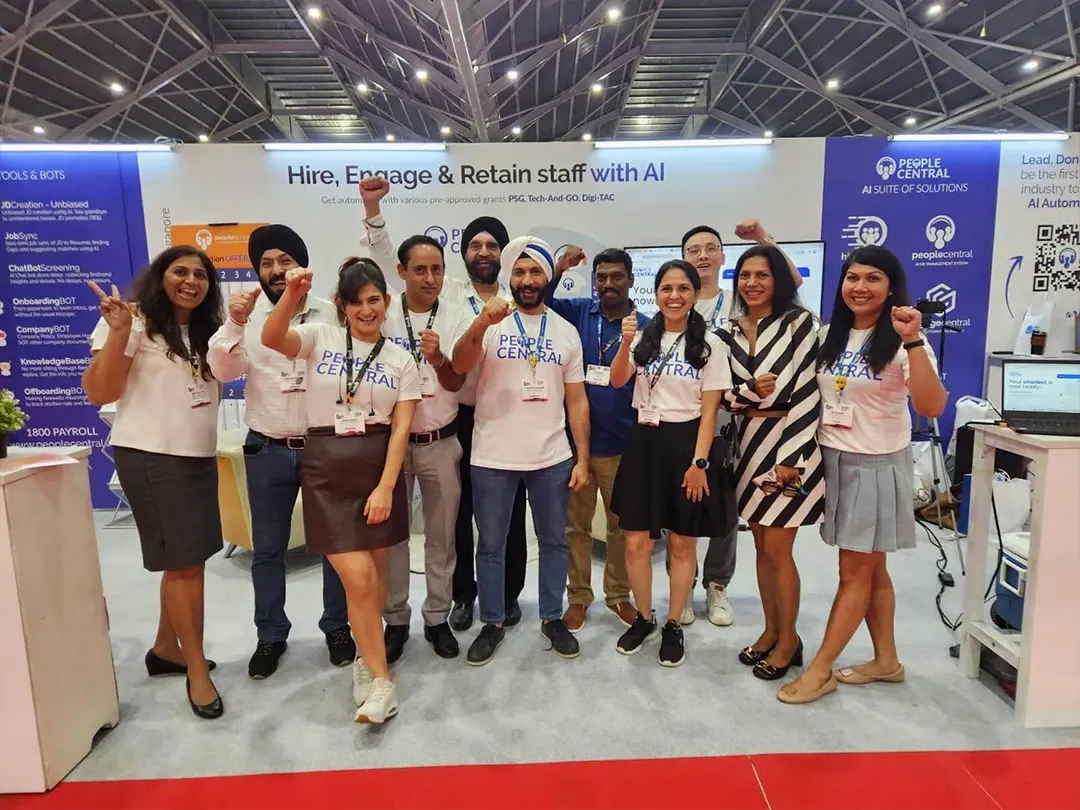Effective onboarding experience is essential for businesses seeking to retain and empower their employees. It sets the stage for success, ensuring new hires feel valued, informed, and motivated.
In this article, we will explore various strategies and techniques on how to enhance the effective onboarding experience, employee satisfaction, and effective onboarding process for your organization’s human resources.
We will also deep dive into the entire process of structured onboarding, effective onboarding programs, and hire retention while taking into account company history, company goals, and management style.
12 Tips to Enhance Onboarding Experience
#1 Understanding the Basics
The first step in improving the employee onboarding program is to understand its core principles. A structured onboarding process is essential for building an effective onboarding program. Successful onboarding should focus on assimilating new employees into the company culture, providing the necessary training, and fostering a sense of belonging. It’s all about creating a positive experience right from the onboarding phase and job satisfaction while addressing administrative tasks.
#2 The Role of Clear Communication
Communication is key to a successful onboarding experience. Clear communication ensures that new hires understand their roles, responsibilities, and expectations. It’s essential to provide them with a roadmap for their first few weeks and months on the job, aligning them with company values and business goals and implementing an effective communication plan.
#3 Building a Comprehensive Onboarding Plan
A structured onboarding process is a cornerstone for a robust onboarding program. It should include a timeline, training modules, and a checklist of tasks. Each element should be carefully designed to cater to the specific needs of the new employee. This sets the foundation for effective onboarding programs and onboarding workflows, incorporating training material and employee experience.
#4 Personalized Onboarding
One size doesn’t fit all. Tailoring the employee onboarding experience to the individual employee can make a significant difference. Consider their background, skills, and career development goals when crafting their onboarding journey, ensuring employee development and engagement.
#5 Embracing Technology
Leveraging employee onboarding training software can streamline the onboarding process. Using digital platforms for document submission, e-learning, and virtual training sessions can enhance efficiency. It’s a vital part of achieving excellent onboarding programs and creating exceptional onboarding experiences while using communication tools.
#6 Employee Mentorship
Pairing new employees with experienced mentors can accelerate their integration into the company. This provides them with a trusted resource for questions, constructive feedback, and guidance on company core values, ensuring employee satisfaction and employee performance.
#7 Encourage Feedback
Frequent feedback loops are crucial. Encourage new hires to share their employee onboarding experiences and suggestions for onboarding improvements. This not only enhances their experience but also highlights areas for process refinement and achieving exceptional onboarding programs.
#8 Social Integration
Supporting social integration is vital for employee morale. Organize team-building activities, welcome lunches, or informal gatherings to foster connections among new and existing team members. This contributes to excellent onboarding process and employee retention rates, especially for remote employees and onboarding buddies.
#9 Training and Skill Development
Invest in training and skill development. Offering opportunities for professional development and career development demonstrates your commitment to employee growth and development, reducing the waiting period for employee proficiency.
#10 Legal and Compliance Training
Ensure that new hires are well-versed in employment paperwork, company policies, and regulatory requirements. Compliance training is essential to protect both the employee and the organization, aligning with hire proficiency and visual representation.
#11 Onboarding Gamification
Gamifying the onboarding process can make it more engaging and enjoyable. Consider incorporating quizzes, challenges, and rewards to keep new employees motivated, increasing employee productivity and management style.
#12 Measuring Success
Regularly assess the effectiveness of your onboarding process. Collect data on hire productivity, time to proficiency, and turnover rates to make necessary improvements that align with business goals and team processes.
Conclusion
Enhancing the onboarding experience for your employees is an investment that pays off in the long run. By focusing on clear communication, personalization, and continuous improvement, you can ensure that your new hires feel valued and empowered from day one. Use these expert tips to create an effective employee onboarding process and excellent onboarding program that sets your employees up for success.
FAQs
Ques 1. How long should the onboarding process be?
Ans. The duration of the onboarding process can vary depending on the complexity of the role. On average, it may take several weeks to a few months to ensure a smooth transition.
Ques 2. What is the role of company culture in onboarding?
Ans. Company culture plays a significant role in onboarding, as it sets the tone for the work environment. A strong, positive culture can enhance the onboarding experience.
Ques 3. Is onboarding only for new employees?
Ans. No, onboarding can also apply to existing employees who are transitioning to new roles or departments. It helps them adapt to their new responsibilities.
Ques 4. How can I ensure new employees feel welcomed?
Ans. Creating a welcoming atmosphere involves assigning mentors, introducing them to colleagues, and offering a warm and friendly environment leading towards a engaging onboarding experience.
Ques 5. Is it necessary to have a formal onboarding program for a small business?
Ans. Even in small businesses, having a structured employee onboarding solutions is beneficial. It helps new employees understand their roles and responsibilities and fosters a sense of belonging.
Ques 6. What role does feedback play in onboarding?
Ans. Feedback is essential as it provides insights into the onboarding experience. It helps identify areas for improvement, especially during training programs and ensures the process remains dynamic and effective.








 5
5


























